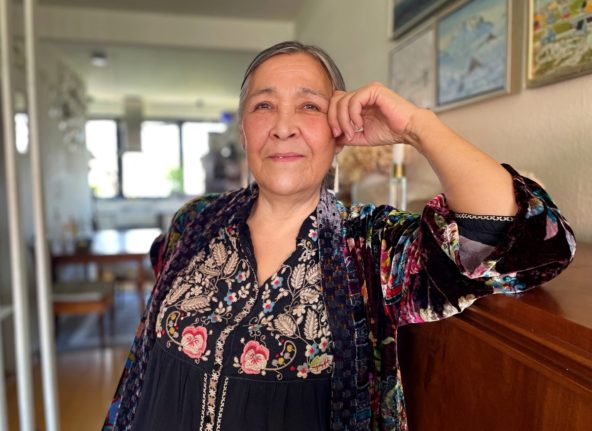A report by the national health authority, released Monday, suggest the country will increase its medical staffing.
The public health service has been reported to be suffering a nursing shortage, while local GP clinics are suffering from a low number of GPs to run the clinics, leaving patients without a permanent family doctor.
READ ALSO: Why many people in Denmark don’t have a regular GP
Increased admissions at university medicine programmes is expected to boost the number of doctors by 60 percent by 2045, according to the Danish Health Authority report.
That corresponds to around 17,305 more doctors than there are working in Denmark today, with the total reaching 45,500 doctors 23 years from now.
A lack of doctors is often cited as a problem in Denmark, particularly in remote rural areas.
An increase in elderly and chronically ill people in the population will also mean additional doctors will be welcomed, Danish Health Authority head of department Steen Dalsgård Jespersen said in a statement.
“It’s good to see that there will be more doctors and specialists in the coming years,” Jespersen said.
“When the number of doctors and specialists increases more than the population, we will become better equipped to take care of the increasing need for health services in the coming years,” he said.
“It’s crucial that a more even distribution of medical labour between the five regions and with the regions takes place,” he said in reference to the lack of medical staff in remote locations.
The prognosis is dependent upon “decisions and priorities in the coming years,” the Danish Health Authority notes in the report.



 Please whitelist us to continue reading.
Please whitelist us to continue reading.
Member comments